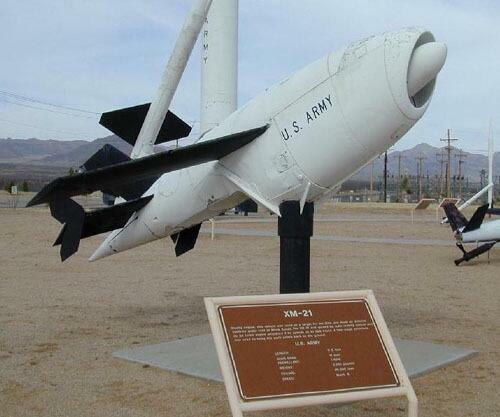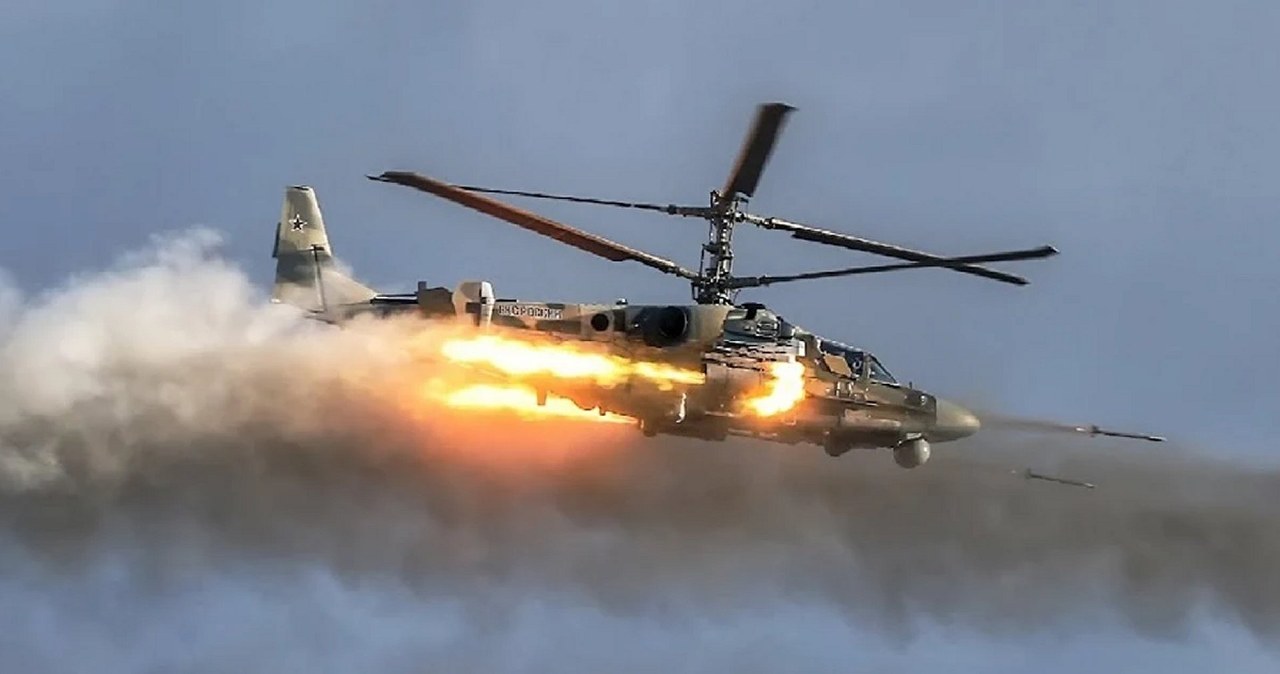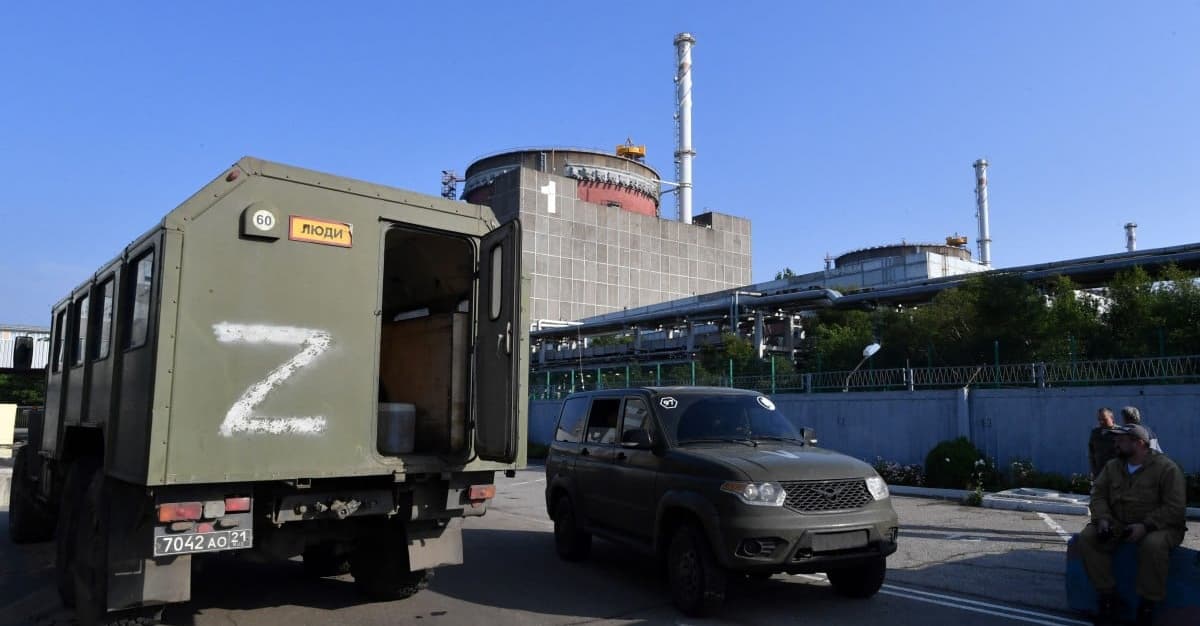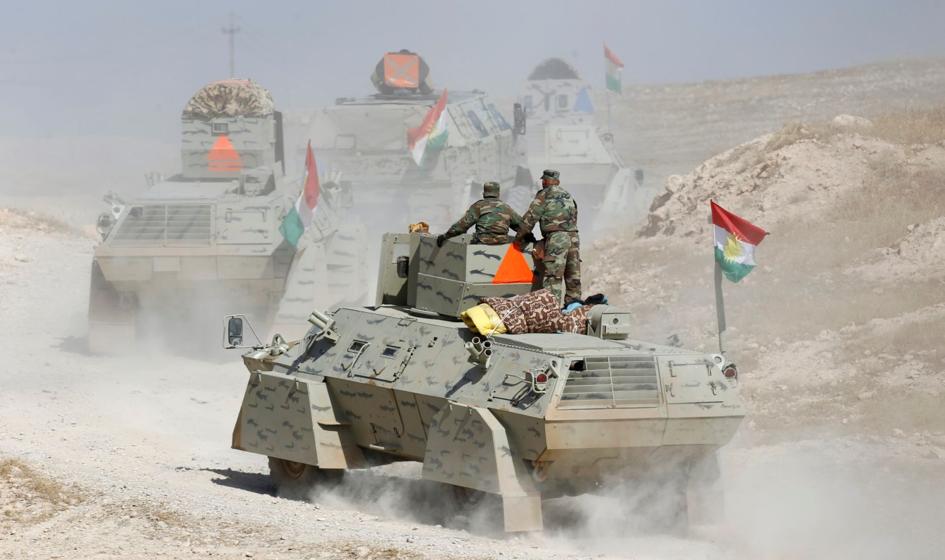
2024 год: год беспилотника
Автор Патрик Дреннан через RealClearDefense,
Беспилотные лодки, беспилотные самолеты, троллейбусы, светофоры и многое другое...
Слово 2024 года было спорно предложено как Brat (словарь Коллинза), Polarization (словарь Мириам Вебстер) или Brain-Rot (пресса Оксфордского университета) - однако ни одно слово не оказывает большего влияния на современную психику, чем слово Drone.

Странные и экстравагантные реакции на беспилотники, замеченные в ночном небе Нью-Джерси, отражают это очарование. Один из членов Конгресса предположил, что они пришли из космоса.
От дронов, которые могут парить через стратосферу, до беспилотников-роторов, которые парят в нескольких футах над землей, и подводных беспилотников, которые скользят на 50 футов под водой, беспилотники изменили нашу жизнь и современную войну.
Их влияние в основном связано с ежедневными новостями и онлайн-видеоматериалами о войне, особенно с огненным, инновационным и футуристическим использованием беспилотников в Украине.
Экономически эффективные беспилотники FPV и камикадзе превосходят в разведке, обнаружении артиллерии и прямых ударах, доказывая высокую эффективность при нацеливании на вражеские позиции. Но они были усовершенствованы гораздо больше, чем это.
Морские дроны
Украина использует свои беспилотники Magura V5 и Sea Baby, чтобы потопить российские баржи, атаковать нефтяные вышки и разрушительно потопить российские военные корабли стоимостью в миллиарды долларов. В феврале 2024 года на видео запечатлен украинский морской беспилотник, потопивший российский линкор. Позже Украина использовала морской беспилотник с установленным пулеметом дистанционного управления для стрельбы по российским вертолетам. Русские призвали реактивные истребители потопить эти беспилотники, но это только вопрос времени, когда морские беспилотники будут установлены с ракетами «земля-воздух» MANPAD.
Тролли Дроны
Беспилотник «Палианица» на самом деле представляет собой переоборудованную тяжелую ракету, работающую на турбореактивном двигателе и управляемую GPS. Он двигается по взлетно-посадочной полосе на колесной тележке, покидая тележку, когда она поднимается.
Самолетные дроны
Украинцы адаптировали небольшие спортивные самолеты в боевые беспилотники – летали на них с дистанционным управлением, заряженные взрывчаткой. Они расширяют диапазон обычных дронов и увеличивают полезную нагрузку. 15 декабря было выпущено видео, показывающее беспилотный самолет Aeroprakt A-22 Foxbat, повреждающий чеченский / российский военный объект в 500 милях от украинской границы.
Дроны Swarms
Обе стороны в российско-украинском конфликте используют дешевые пластиковые, полистироловые и деревянные рои дронов, чтобы запутать и сбить с толку сложные радарные системы, такие как российская система TombStone. ТТДроны часто используются в сочетании с более сложными дронами и баллистическими ракетами.. Русские объединяют рои иранских беспилотников HESA Shahed 136 с крылатыми ракетами «Калибр» и баллистическими ракетами 9К720 «Искандер» для нападения на украинскую инфраструктуру и гражданских лиц.
Обе стороны эффективно используют электронное оборудование для подавления дронов. В ответ обе стороны все чаще обращаются к дронам, которые летают с помощью визуальной навигации без наземных сигналов. Украина также щеко перенаправила некоторые ударные беспилотники на территорию союзника России Белоруссии.
Дроны, управляемые кабелями с длинными волокнами
В ответ Россия разработала беспилотники, которые управлялись прикрепленными тонкими оптоволоконными кабелями длиной более 6 миль. Без радиосигнала дрон было невозможно обнаружить и невозможно заклинить. Однако, когда бывший морской пехотинец США Трой Смотерс увидел это, он построил аналогичные беспилотники для Украины с невероятной дальностью 15 миль.
Наземные боевые дроны
Роботизированные наземные беспилотники используются для различных целей, включая доставку оборудования, такого как наземные мины, и удивительно, что Украина разработала гусеничный беспилотник, вооруженный 12,7-мм пулеметом Браунинга - Droid TW 12,7. Он имеет дальность восемь миль, а также оснащен высокотехнологичными камерами для разведки. Их количество ограничено, но они обладают большим потенциалом.
Дрон светофора
Пользователь телеграммы опубликовал видео российской военной системы светофора. Он мигает желтым светом, когда обнаруживается дальний враждебный беспилотник. Свет становится красным, когда есть угроза высокого уровня, и зеленым, когда поблизости нет угроз вообще.
Обнаружение дронов из космоса
Председатель Российского центра беспилотных систем Андрей Безруков 14 декабря заявил, что центр разработал систему мониторинга «Калинка» для обнаружения дронов, которые подключаются к спутниковым системам, в том числе Starlink. Безруков утверждал, что система может обнаруживать украинские воздушные и морские беспилотники на расстоянии до 10 миль.
Специализированные военные беспилотные отделения
Украина и Россия создали крупные специализированные военные подразделения беспилотников.
Президент Украины Владимир Зеленский распорядился о создании 6 февраля 2024 года отдельного отделения в составе ВСУ, получившего название Беспилотные системные силы (БСС). USF отвечает за взаимодействие с уже существующими беспилотными системами и их поддержку. USF также отвечает за поставки беспилотных летательных аппаратов, подготовку специалистов, планирование военных операций с использованием беспилотных систем и сотрудничество с отечественными производителями беспилотных систем.
В ответ Министерство обороны России (МО) в августе 2024 года начало скоординированные усилия по созданию централизованного отдельного отделения для беспилотных систем. Реорганизовать неформальные специализированные отряды беспилотников и централизовать закупки беспилотных систем. Минобороны России в основном пытается консолидировать контроль государства над российскими операторами и разработчиками беспилотников, некоторые из которых пользовались относительной полунезависимостью от российской военной бюрократии. D
В то время как Россия стремится к централизованному контролю, западные армии предлагают разные тактики.. У каждого британского и американского взвода теперь будет беспилотник. 75-й полк рейнджеров в Форт-Беннинге проходит подготовку по использованию квадрокоптера RQ-28A (SRR). «Способность SRR RQ-28A обеспечит изменяющие правила игры технологии для армейских взводов, повышая как летальность, так и живучесть солдат», - сказал Карсон Л. Уэйкфилд.
Мирные дроны
Дроны имеют невероятную ценность в гражданском мире. Они помогают в гуманитарной помощи и ликвидации последствий стихийных бедствий, инженерии, строительстве, мониторинге урожая, прогнозировании погоды, поиске и спасении. У них даже есть дроны, которые могут очищать высотные окна.
Несмотря на все вышеперечисленные замечательные нововведения, беспилотники не так разрушительны, как артиллерия, ракеты и наземные мины. Однако дроны — это то, что захватывает воображение общественности. Теперь представьте себе беспилотники, которыми управляют вовсе не люди, а роботы, запрограммированные ИИ. Вы готовы к этому?
Патрик Дреннан Журналист, базирующийся в Новой Зеландии, со степенью в американской истории и экономике.
Тайлер Дерден
Thu, 01/02/2025 - 23:25













